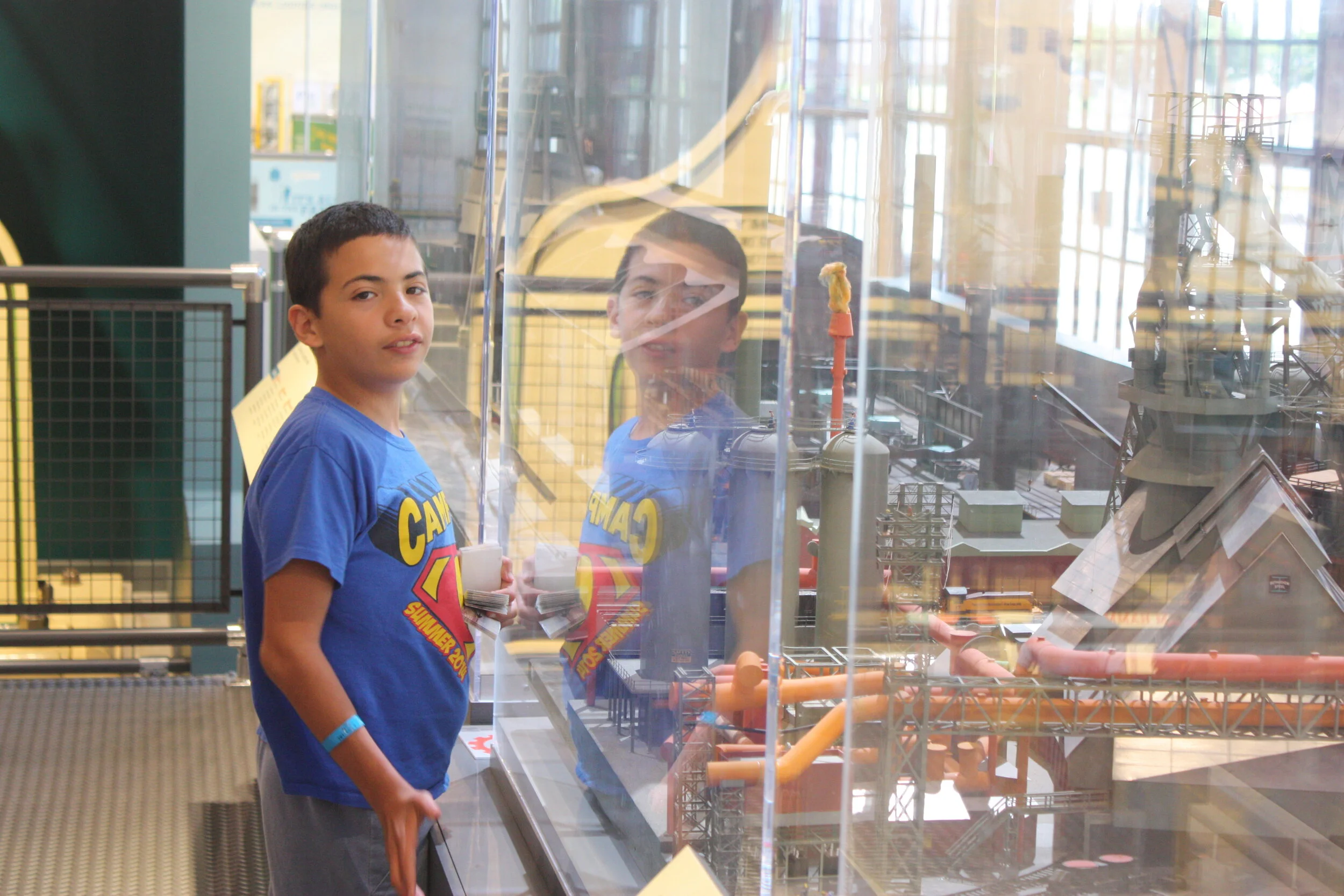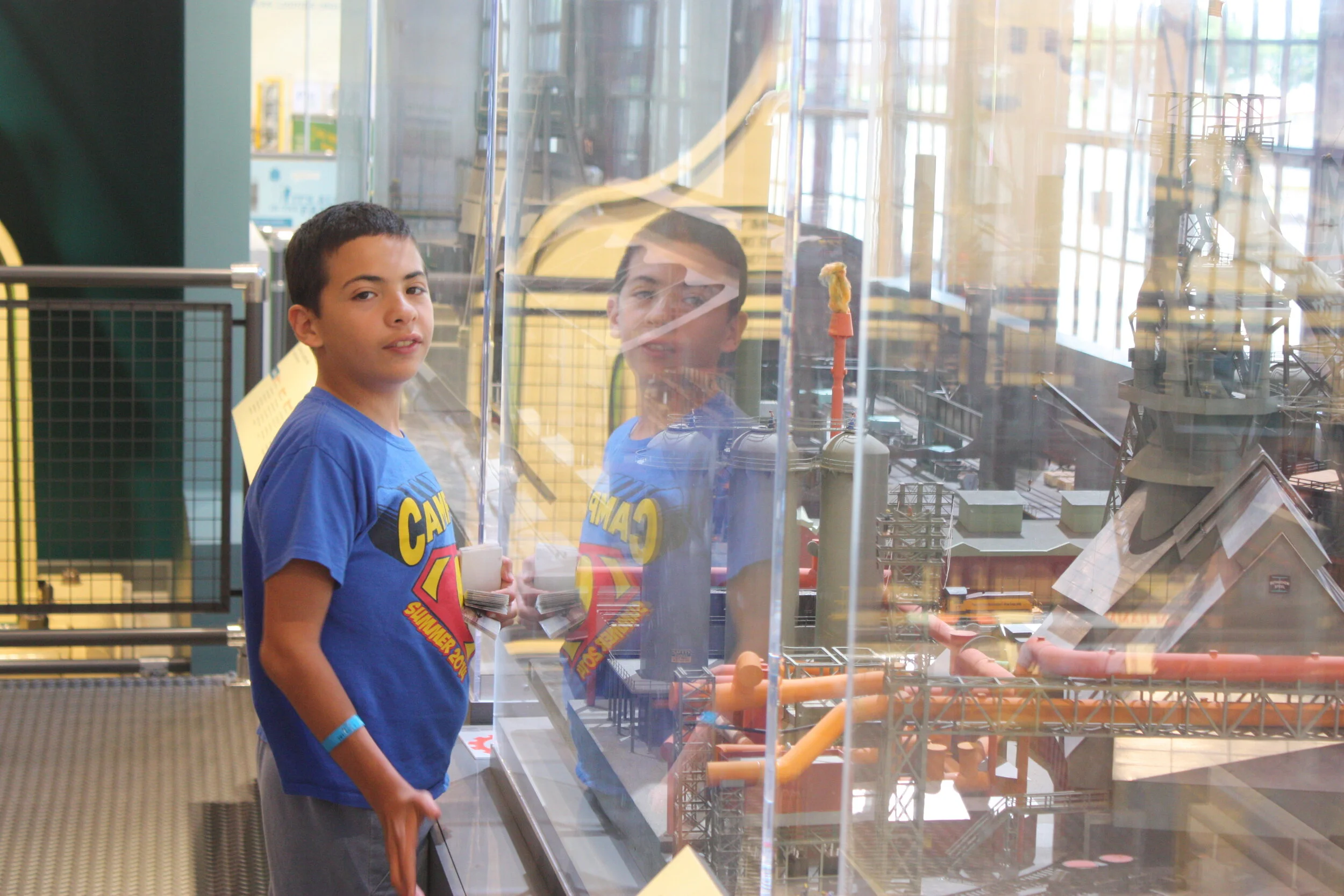
National Museum of Industrial History
Building the Museum
In 2015, Amy Hollander was hired to reinvigorate a twenty year-long stalled museum build of the National Museum of Industrial History (NMIH). She was given 16 months and a 7.5 million dollar budget to restore the historic structure, design the operational infrastructure, and the strategic plan. At the same time, she led the design and development of an 18,000 square foot permanent exhibit on our nations’ industrial history.
The Collection
At this site, Hollander had the opportunity to leverage a signature collection that connects directly with the industrial landscape surrounding the museum, from the iconic blast furnaces of Bethlehem Steel to the nearby silk mills. The Museum’s visitors see more than 200 unique artifacts—whether it is the first made, the oldest-surviving, longest-operating, or last-produced. Visitors' initial impressions focus on the scale of the artifacts, but their lasting impression is of the stories of the inventors, entrepreneurs, workers and advocates whose work has transformed the way we live.
Design Philosophy
For this exhibit Hollander’s goal was to develop an interactive experience that would engage the visitors to connect with stories and allow them to learn through play. Kinetic stations allowed visitors of any age to explore the scientific principles of how machines work. Through audio stations, visitors experienced a range of historic voices, learning about industrial history's progress and prejudice from multiple perspectives. Interactive map tables allowed visitors to discover the global reach of industry: where the labor force comes from, natural resources were mined, and products were sent.
“Amy Hollander provides creative and thoughtful leadership for the museum community. She took charge of the National Museum of Industrial History in Bethlehem, PA that had languished for years and brought it to life with her passion, energy and intellect.”
— BRENT D. GLASS, Director Emeritus, National Museum of American History, Smithsonian Institution









